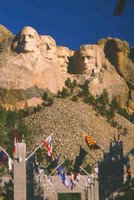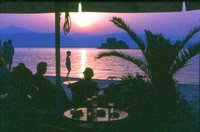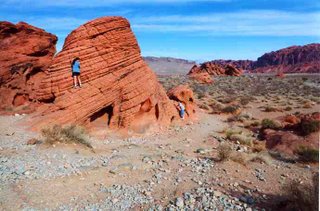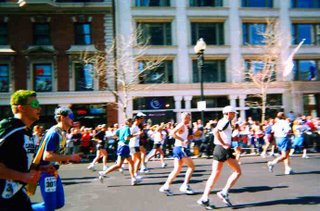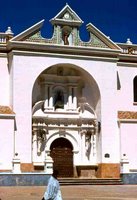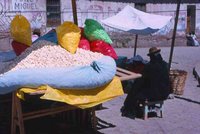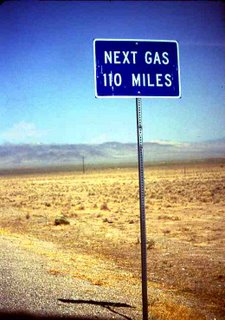
A version of this story appeared in October 2005.
After I did my laps in the pool this morning I headed for the steam room, my post-workout reward.
A sign hung on the door’s fogged glass: “Per Order of the Board of Health Shaving is Not Permitted in Public Steam Rooms. Thank You For Your Cooperation.”
“People shave in here?” I asked Kateri, the lifeguard. (Kateri, a petite girl from a large family, is named for a Native American Catholic saint. “My parents named us all after saints.”)
“Yes.” She wrinkled up her nose. “We found a disposable razor in there.” I muttered a “gross” and headed for the shower where I’d look for alien stubble stuck to my skin. Shaving in public. Yuck.
If I find out who the secret shaver is, I’ll recommend he or she try India, where public grooming is part of the landscape. You can groom, be groomed, or watch others being groomed -- on dusty streets, outside tiny wooden shops, in parks, on riverbanks. Like China, India is a very public place, and that publicness takes some getting used to.
If you’re set down into the midst of it immediately after a draining global circumnavigation, it can knock you for a loop.
Mike and I landed in India 24 hours after leaving Boston. We flew to London, then to Kuwait, then on to Delhi. Our exhaustion was complete. We’d arrived five hours too early for our hotel’s noon check-in, so we walked to a park near Connaught Circle to ooze ourselves into our surroundings and to catch some sorely needed rest.
The scene made rest impossible. The light, gray fog of an early Delhi morning hung heavy. On the streets abutting the park, people rode bicycles and three-wheeled yellow and black pedicabs, and the air pinged with the chinks of their handlebar bells. Bamboo scaffolding covered myriad cinderblock construction projects like yellow ivy, and thin workers hammered and pounded and climbed and carried and sweated. Near us, legs tucked beneath him in the lotus position, a holy man with a peaceful, beautiful face, shock of white hair and a long, cloud-wispy beard sat chanting, eyes closed, under a tree. A string of eight graceful, dark-eyed girls with jugs on their heads floated through the morning mist and disappeared down an embankment to collect water from a rust-colored stream.
Welcome to India. Whirling, swirling, pressing masses of humanity. Soldiers doing a drill with shouldered rifles. Beggars, nut sellers, street cleaners, cart haulers, firewood carriers, fortune tellers. Welcome to India! Bright saris and sandals and baggy white trousers and vests and foreheads with red dots and cows and pretty babies in party dresses with bows in their hair and stoop-shouldered grandmothers. Welcome to India! Laughing schoolgirls in maroon jumpers and crisp cotton shirts swinging bookbags through the air. Barbers cutting hair and shaving faces. People polishing other people’s shoes and cleaning their fingernails.
Wait! I need a slower introduction! My brain screamed. Overload! Overload! I need to rest, to get my bearings, to establish a mental and emotional toehold, to have this India seep into me more slowly!
But it isn’t possible. India doesn’t introduce itself slowly. It greets you with crushing intensity and doesn’t let go. You are pushed in whole. Experiencing India for the first time is like learning to swim by jumping into the Atlantic from the deck of an ocean liner.
You are swallowed. You gasp for air. You push and pull to find the surface and pockets where you can breathe.
Just when I felt my brain reach its limit and every fiber of me yearn for noon so I could escape to the sanctuary of a hotel room, the ear cleaners arrived: a group of ragged young men carrying pipe cleaners and forceps.
One approached us, sitting there shell-shocked and jet lagged, backs against our packs. He asked if he could clean our ears.
That is India: a thin, coffee-colored man appearing out of the mist wanting, needing to clean your ears.
Where would you like to go next? If I've been, I'll take you.
